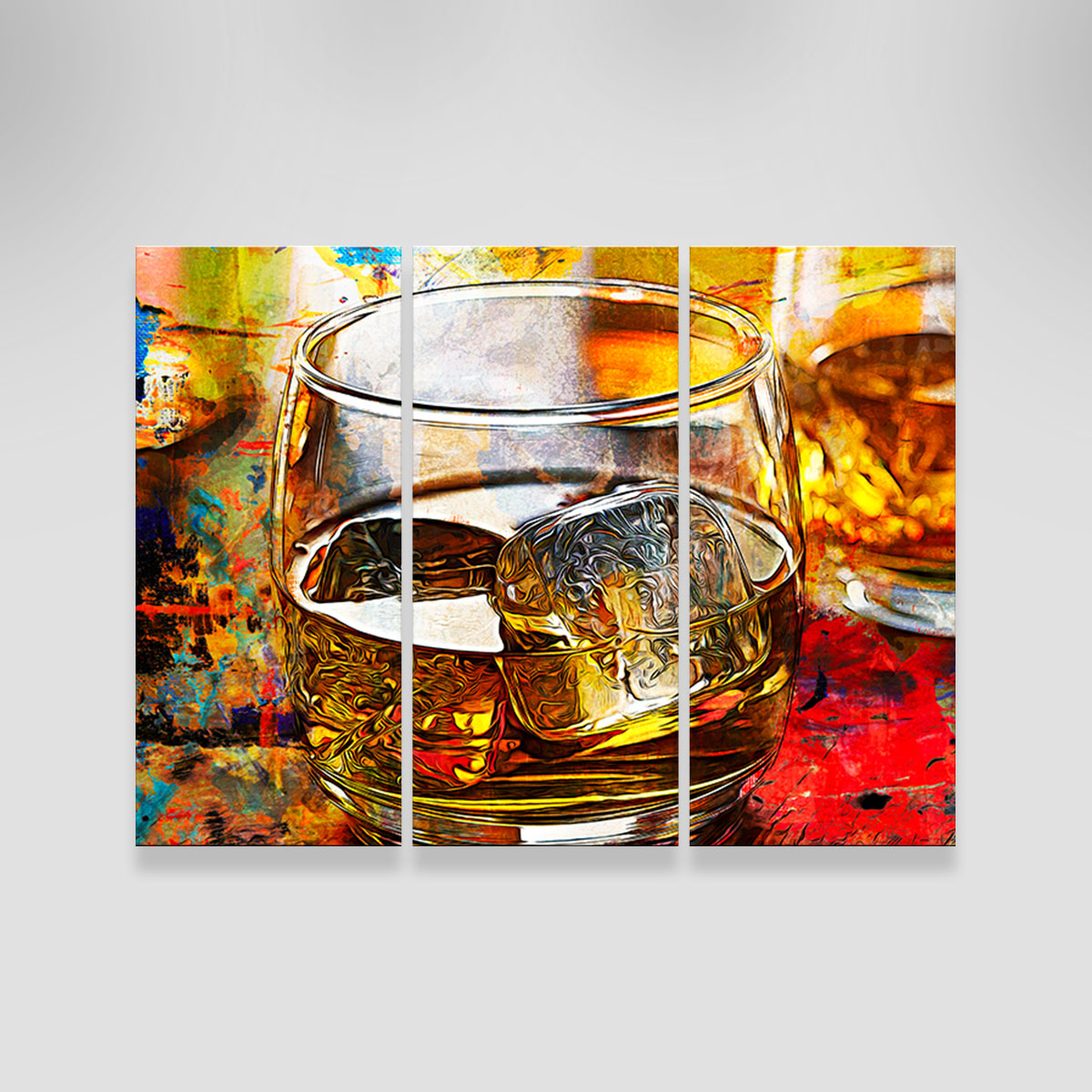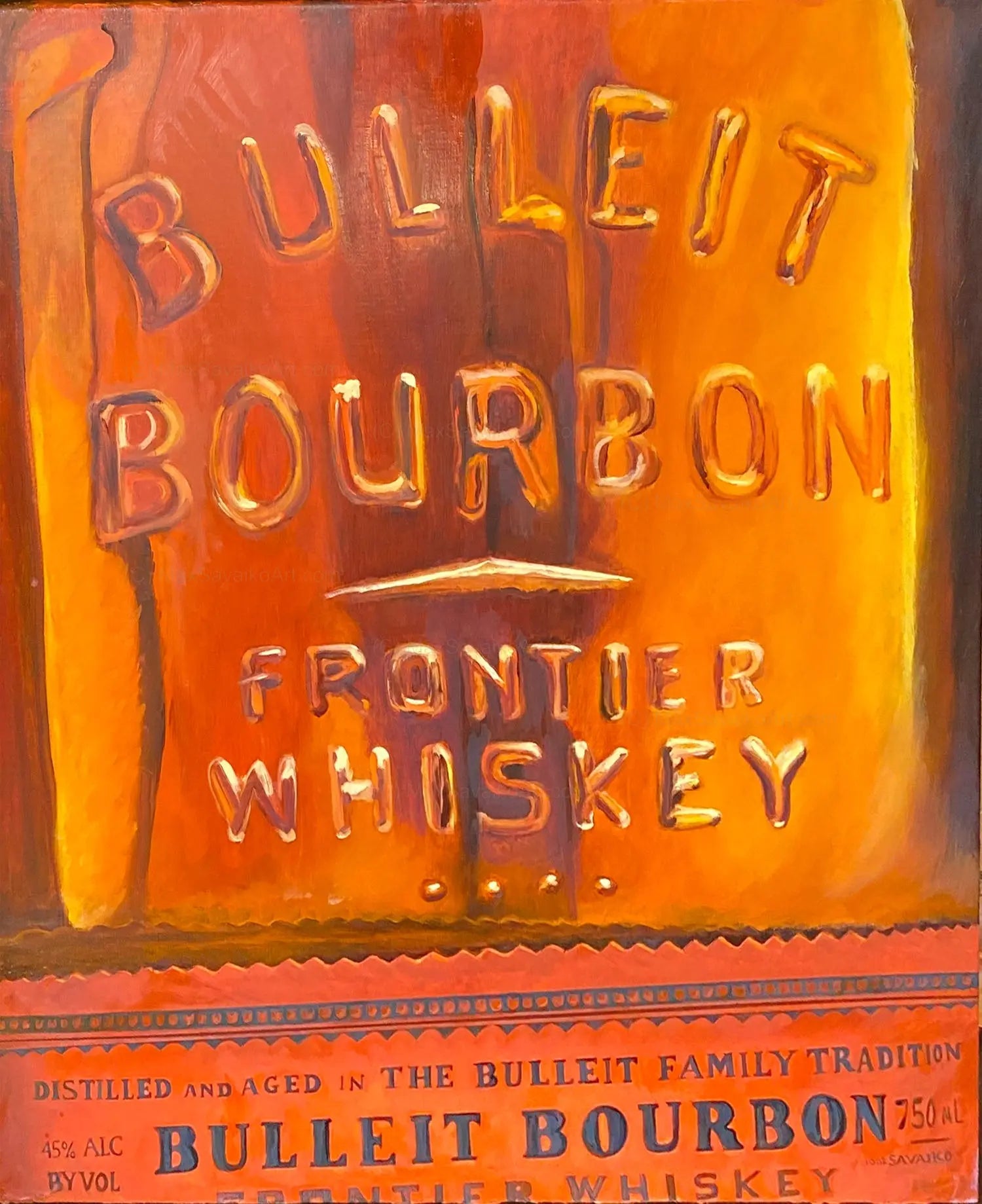Bourbon Art in Contemporary Society: Where Practice Fulfills Development
Bourbon Art in Contemporary Society: Where Practice Fulfills Development
Blog Article
The Value of Whiskey Art in Celebrating Heritage and Workmanship in the Beverage Industry
The detailed connection between bourbon art and the event of heritage and craftsmanship within the drink industry can not be overemphasized. With attentively created labels and containers, whiskey brand names encapsulate their historic roots and the artisanal abilities that define their manufacturing techniques.
The Historic Roots of Whiskey
At the heart of scotch's attraction lies an abundant tapestry of historical origins that trace back to old worlds. The beginnings of whiskey can be connected to the distillation methods of the Sumerians and Babylonians around 2000 BCE, where early types of fermented grain drinks began to emerge. Nonetheless, it remained in the Middle Ages that the art of purification developed considerably, specifically in Ireland and Scotland, causing the production of whiskey as we understand it today.
The term "scotch" itself acquires from the Gaelic word "uisce beatha," implying "water of life." This expression emphasizes the social significance of scotch in Celtic cultures, where it was often connected with rituals, parties, and public bonding. By the 15th century, purification became an acknowledged craft within reclusive areas, leading the means for the establishment of legal distilleries.
As trade routes broadened, scotch's appeal expanded, going beyond local borders and recording the interest of connoisseurs worldwide. Whiskey Art. This historical journey reflects not only the craftsmanship behind whiskey production but likewise its important function in social and social contexts, marking it as a considerable beverage throughout history
Artistic Expression in Branding
Whiskey branding stands as a compelling intersection of artistry and business, where visual identity plays a vital function in shaping consumer perception. The appearances of bourbon tags, product packaging, and advertising materials reflect not just the brand name's tale however also its core worths and heritage. Via creative expression, distilleries communicate a narrative that resonates with customers, evoking emotions and sparking links.
Making use of color, typography, and images in branding serves to differentiate items in a saturated market. As an example, traditional concepts may stimulate a sense of credibility and craftsmanship, while modern-day styles can signify technology and forward-thinking. This strategic creative instructions improves brand name recognition and commitment, allowing consumers to build a personal connection with the bourbon they select.
In addition, artistic expression in branding usually serves as an event of local heritage. Distilleries frequently integrate neighborhood symbols or historic referrals into their styles, developing a local color that welcomes customers to take part in a wider social experience. Inevitably, the artistry behind scotch branding not just boosts visual appeal however additionally improves the overall narrative of the brand, fostering a deeper admiration for the craftsmanship and heritage ingrained in each bottle.
Craftsmanship in Container Layout
The artistry apparent in scotch branding prolongs past aesthetic identification to incorporate the workmanship involved in bottle design. Each bottle works as a vessel not just for the spirit within, however likewise for the story it tells regarding its beginning, custom, and high quality. The design process requires meticulous attention to information, as components such as closure, material, and shape contribute significantly to the overall assumption of the bourbon.
Workmanship in bottle design entails picking high-grade glass that can boost the scotch's color and clarity, while additionally supplying a tactile experience for the consumer. The shape of the container need to be both practical and visually appealing, typically reflecting the heritage of the brand name. Lots of distilleries go with unique forms or embossed logo designs that stimulate a sense of credibility and history.
Moreover, the tag design and typography play a crucial duty in interacting the brand name's narrative. Bourbon Art. A well-crafted container not only astounds the consumer's eye yet likewise enhances the brand's dedication to high quality and tradition. This way, the craftsmanship of container design ends up being a vital element of the whiskey experience, combining virtuosity with a profound regard for heritage
Cultural Relevance of Whiskey Art
Commemorating tradition and craftsmanship, the social significance of scotch art goes beyond simple aesthetics, intertwining with the social and historic stories of the areas from which it comes from. Each container acts as a canvas, illustrating the unique stories, mythology, and practices that have shaped neighborhood whiskey-making techniques. The elaborate styles often reflect the i loved this heritage of the distillers, integrating icons and motifs that resonate with the culture and worths of their areas.

In addition, bourbon art plays a vital duty in communal events and celebrations, working as a tangible link between individuals and their shared experiences. By appreciating the virtuosity in bourbon packaging, customers grow a deeper understanding and regard for the craft, inevitably enriching their pleasure of the go now drink itself.
Modern Trends in Whiskey Discussion
Over the last few years, the discussion of whiskey has advanced to reflect modern tastes and patterns while still honoring standard craftsmanship - Limited Edition. Distilleries are increasingly focusing on aesthetic elements that improve the general drinking experience, linking the space between heritage and modernity
Innovative container designs have actually arised, usually integrating lasting materials and artistic tags that inform engaging tales. Lots of brands now work together with neighborhood musicians, instilling their products with one-of-a-kind visual expressions that resonate with consumers. In addition, limited-edition launches are typically packaged in collectible containers, adding value and appeal for lovers.

Verdict
In verdict, whiskey art serves as a crucial avenue for expressing the heritage and craftsmanship integral in the beverage sector. Through intricate branding, ingenious bottle layouts, and culturally substantial creative aspects, bourbon brands effectively honor their traditions and link with consumers.


Workmanship in bottle layout involves selecting top quality glass that can improve the whiskey's color and clarity, while additionally supplying a responsive experience for the customer. In this means, the craftsmanship of container layout becomes an essential facet of the bourbon experience, combining creativity with an extensive respect for heritage.
In conclusion, scotch art serves as an essential channel for sharing the heritage and craftsmanship fundamental in the beverage sector.
Report this page